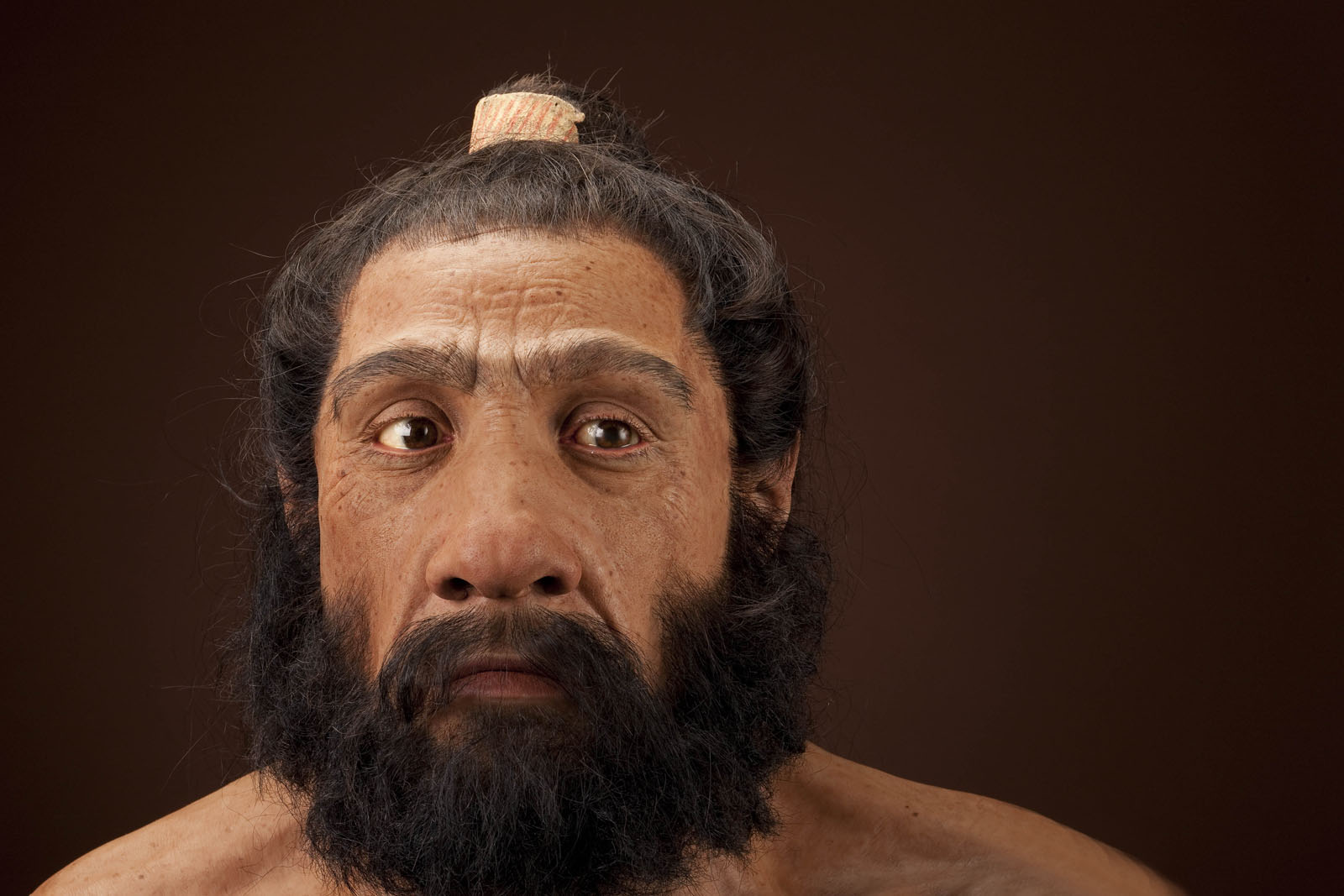
A recent study published in the journal Communications Biology has discovered that certain Neanderthal gene variants can increase the sensitivity to pain in individuals who possess them. These gene variants are more prevalent in populations with Native American ancestry.
The study specifically examined three variations of the SCN9A gene, which is responsible for encoding a protein that facilitates the movement of sodium into cells and aids in transmitting signals from pain-detecting nerves.
Individuals with any of these three gene variants exhibit heightened sensitivity to pain induced by sharp objects, although they do not experience increased sensitivity to pain caused by heat or pressure.
In 2020, a different group of researchers conducted a study involving people of European ancestry. They found a connection between these Neanderthal gene variants and heightened sensitivity to pain.
Pierre Faux, the first author of the recent study and a geneticist at the French National Institute for Agriculture, Food, and Environment, shared this information with Live Science.
Genetic samples of 5,900 people from Brazil, Chile, Colombia, Mexico, and Peru
In their recent study, scientists examined genetic samples gathered from over 5,900 individuals residing in Brazil, Chile, Colombia, Mexico, and Peru.
On average, these participants had 46 percent Native American ancestry, 49.6 percent European ancestry, and 4.4 percent African ancestry.
A reconstruction model of a ‘Neanderthal Man’ in modern clothing; stands in front of Neanderthal Museum in Mettmann, Germany. He’s leaning on the railing in the exhibit as if he was a normal visitor taking a break.
Neanderthals are an extinct species or subspecies of archaic… pic.twitter.com/UNbW7BVhLp
— Archaeo – Histories (@archeohistories) October 10, 2023
However, it is important to note that the proportions of these ancestries varied considerably among the individuals included in the study, reported Live Science.
The analysis revealed that approximately 30 percent of the participants carried one of the SCN9A gene variants, referred to as D1908G. Meanwhile, roughly 13 percent of the participants had the other two gene variants, known as V991L and M932L, which tended to be inherited together.
Participants from Peru most likely had Neanderthal gene variants
Among the countries included in the study, the participants residing in Peru, where Native American ancestry was the most prominent, were found to be the most likely carriers of these Neanderthal gene variants.
In contrast, participants from Brazil, where Native American ancestry was the lowest among the studied countries, were the least likely to possess these genetic variants.
Faux explained that we are aware there was interbreeding between modern humans and Neanderthals approximately fifty thousand to seventy thousand years ago.
Moreover, modern humans made their initial migration from Eurasia into the Americas around fifteen to twenty thousand years ago, Faux further explained.
Pain threshold test on more than 1,600 volunteers in Colombia
After conducting the genetic analysis, researchers conducted pain threshold tests on over 1,600 volunteers in Colombia. Among these volunteers, 56 percent were women, and they had an average genetic makeup of 31 percent Native American ancestry, 59 percent European ancestry, and 9.7 percent African ancestry.
During these tests, participants were instructed to communicate with the researchers when they began to feel discomfort. Simultaneously, the team analyzed the specific gene variants carried by each of the individuals who participated in the tests.
In one of the tests, the research team applied mustard oil, known for its skin irritation effects, to the forearm skin of the participants. Subsequently, they pressed plastic filaments of increasing widths onto the same area of the skin. It’s important to note that wider filaments exert a more substantial force on the already-irritated skin.
What they observed was that participants who carried any of the Neanderthal gene variants indicated discomfort and stopped the test when prodded with filaments significantly smaller in width compared to those who did not possess these gene variants.